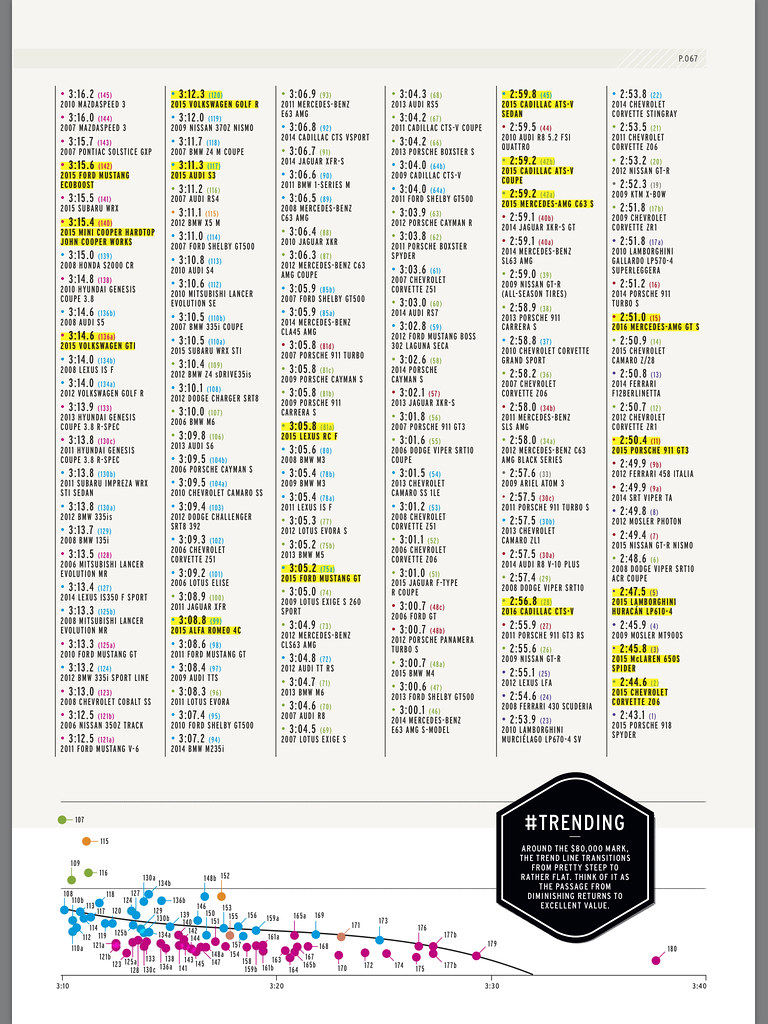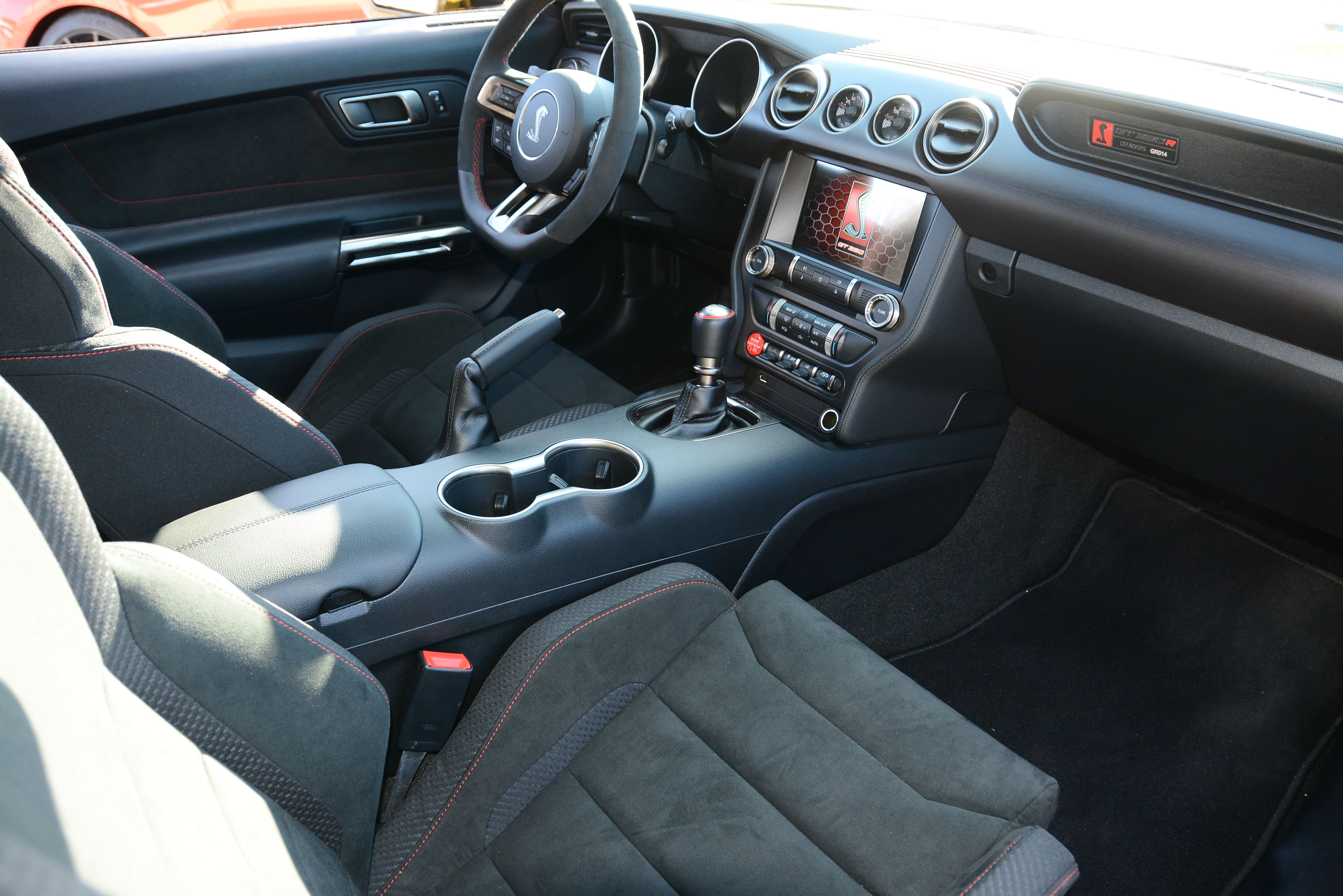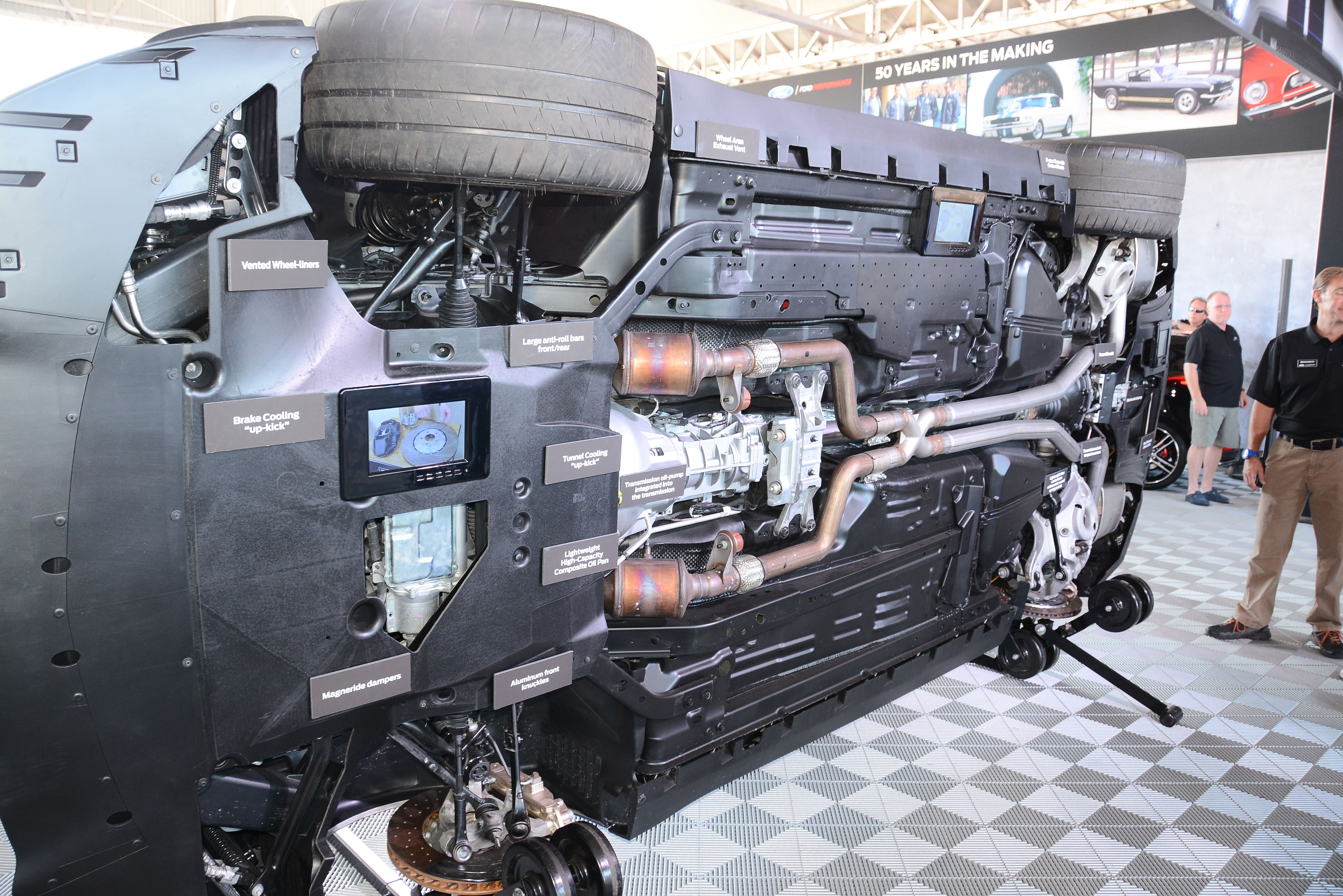cjgt350
Adrenaline Junkie
- Joined
- May 29, 2015
- Threads
- 27
- Messages
- 864
- Reaction score
- 485
- Location
- Central OK
- Vehicle(s)
- 2014 F250 Platinum 2016 GT350 TP
This looks to be from the 2015 Lightning Lap C/D article? I thought it didn't come out until Sept 8th? Bummer that the GT350 didn't make the list.
Can't wait until next year to see how the new Shelby and the new GT4 can do... I predict both can run very well... sub 2:55 to start.
Sponsored

















































